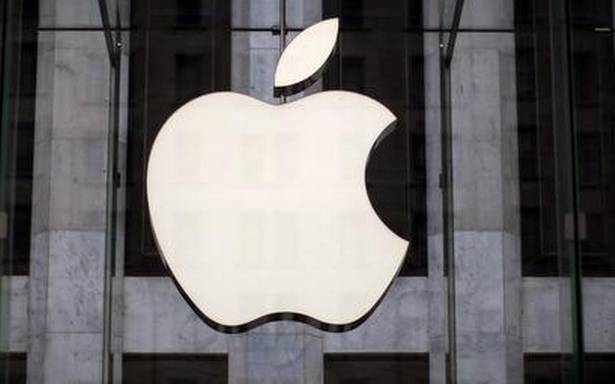Apple’s financial performance for the first quarter of the year seems to be one of the company’s poorest-performing quarters in recent years, even though it maintained a cautious approach to hiring amidst an economic downturn. Thanks to a strong dollar, prevailing macroeconomic conditions, and production and supply chain issues in China, the Cupertino-headquartered tech giant missed expectations for revenue, profit, and sales for multiple verticals for the first quarter of the year.
For the quarter that ended December 31, 2022, Apple clocked $117.2 billion in revenue, marking a year-over-year (YoY) decrease of 5% and the company’s biggest decline in quarterly revenue since 2016. It also marks the first-ever decline in quarterly revenue since 2019 and falls short of analyst expectations of $121.10. This comes as sales of the iPhone fell for the first time since 2020.
“As we all continue to navigate a challenging environment, we are proud to have our best lineup of products and services ever, and as always, we remain focused on the long term and are leading with our values in everything we do,” Apple CEO Tim Cook said in the official statement.
Looking at overall financials, we find that Apple’s total operating expenses for the quarter clocked a mild rise to $14.3 billion, while its operating income dropped to $36 billion. Both the company’s total cost of sales and net income witnessed annual drops for the holiday quarter – the net income amounted to $29.9 billion for the period. In comparison, Apple’s total cost of sales fell to $66.8 billion.
Its diluted earnings per share (EPS) dropped to $1.88, missing Wall Street expectations of $1.94 and clocking an annual decline of 10.9%. Apple shares dropped over 4% during extended trading on Thursday before rising after Apple provided its outlook for the current quarter. The tech giant’s shares are currently priced at $150.82 per share.
There are some highlights amidst a lackluster performance by Apple though. Cook informed that Apple currently has a base of 2 billion active devices, an increase from 1.8 billion a year ago. Its paid subscriptions have clocked a quarterly growth as well – from 900 million in the quarter before to 935 million paid subscriptions in Q1 2023. Additionally, Cook claimed that services sales set a record in several markets, he said.
“We set an all-time revenue record of $20.8 billion in our Services business, and in spite of a difficult macroeconomic environment and significant supply constraints, we grew total company revenue on a constant currency basis,” said Luca Maestri, Apple’s CFO. “We generated $34 billion in operating cash flow and returned over $25 billion to shareholders during the quarter while continuing to invest in our long-term growth plans.”
Apple declined from providing guidance for the quarter ending in March, although Maestri said that quarterly revenue would continue to fall in the current quarter. While the Services vertical would continue to grow, Mac and iPad sales are expected to reach double digits in annual declines. As for the iPhone, sales will continue to fall, but at a lesser rate when compared to the December quarter.
Coming to the performances of Apple’s hardware (which saw tremendous growth during the pandemic), we find that revenue from Mac clock a steep drop for the quarter, while revenue for the iPhone fell by 8% (thanks to supply chain and production issues in China). Revenue for Mac dropped to $7.74 billion for the quarter (missing analyst expectations of $9.63 billion). Revenue from the iPhone fell well below the estimated $68.29 billion to amount to $65.78 billion for the period, while revenue from its Wearables, Home, and Accessories vertical dropped to $13.4 billion. Services (which includes content businesses such as Apple TV+) and sales of the iPad were the only verticals to clock growth in Q1 2023 – revenue from services rose by 6% to $20.7 billion for the period, while revenue from sales from iPad rose by 30% to $9.3 billion.





